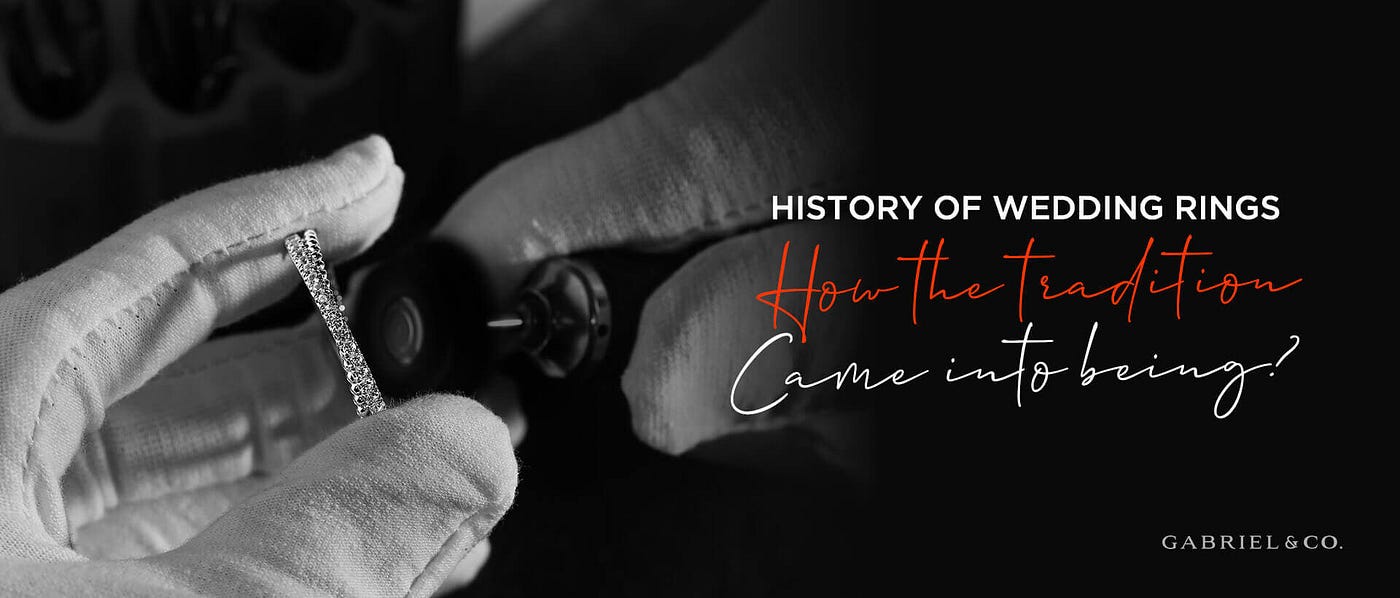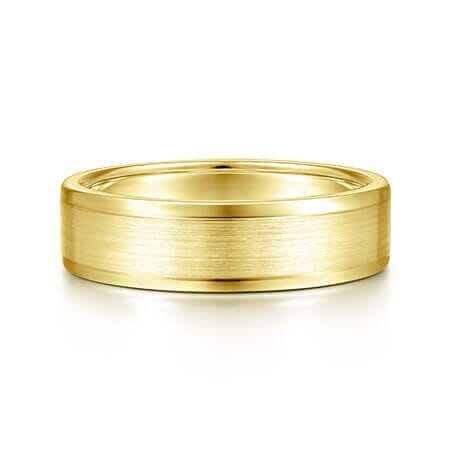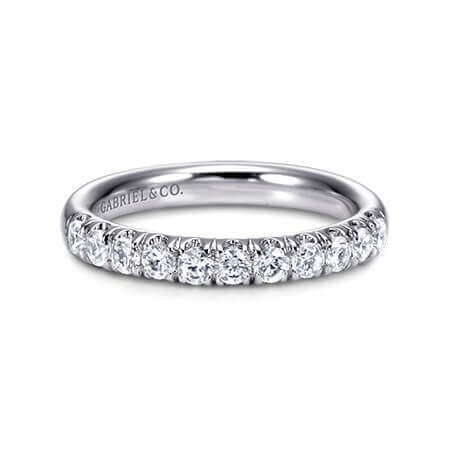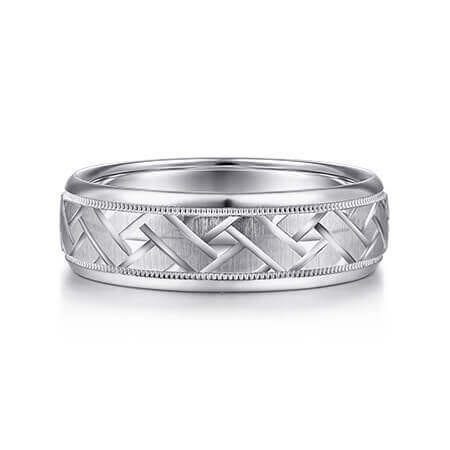History of Wedding Rings — How the Tradition Came into Being?

There is no doubt that your wedding gown, the walk down the aisle, and the vows you exchange with your significant other will be some of the most cherished memories of your wedding day. But one memory that you will physically carry into your wedding life as a testimony of forever love is the wedding rings you both exchanged. Many of the wedding customs we practice today date back centuries, and exchanging rings is one of the oldest nuptial rituals. We’ve seen wedding rings adorned, preserved, and passed down through generations, becoming treasured heirlooms. It is indeed intriguing to learn about the first trendsetting couple, ‘wedding innovators’ if we may call them, to think of this wonderful tradition of love. Although there is no clear path to its birth, the significance of a wedding ring has evolved with culture and region. They are rich in emotional significance and personal history, and this has been the case for far longer than you may think. Let’s find out why and how.
The Very First Wedding Rings: Egyptian, Greek, and Roman Wedding Rings
Ancient Egypt was the earliest documented culture in which pharaohs first used rings to represent eternity. Dating back to 4000 BC, rings were highly valued in Egyptian society, particularly the scarabs, ouroboros, and signet styles. Rather than metals and precious jewels, braided reeds, leather, bone, or similar materials were typically used. According to traditions, the Egyptians considered the ring, a circle, as a potent symbol with no beginning or end, and its opening representing a portal to undiscovered realms.
When Alexander the Great conquered Egypt, the Greeks adopted the custom of presenting rings to their lovers as a symbol of devotion. Many of these rings featured Eros or Cupid, the gods of love. This tradition was adopted by the Romans when they invaded Greece. It is considered that the Romans were the first to equate the ring with marriage. They began using iron in rings (Annulus Pronubus, meaning ‘Bridal Ring’), believing better durability symbolized enhanced stability.
‘Fede rings’ with two clasped hands engraved on them were quite popular. Intaglios of this motif were generally carved in gold onto jewels such as onyx, carnelian, garnet, or amethyst. This continued until the Byzantine Empire in the Middle Ages when most rings were engraved with the betrothed couple’s face or an entire figure. When Christianity became the European Empire’s official religion, the couple was frequently shown with Jesus or a cross between them, blessing their marriage.
The Wedding Ring Finger Tradition: Left, or Right
Traditionally, a wedding ring is worn on the fourth finger on the left hand (between the little and middle fingers). This practice may be traced back again to ancient Egypt when they thought a vein ran directly from the fourth finger on the left hand to the heart. They called it vena amoris, which means “love vein” in Latin. Even though their belief is not anatomically correct, the tradition remained.
While the left or right hand is still the most frequently asked question, the world’s cultures are endlessly unique. The belief systems that the region considers valuable and meaningful are at the root of this variable “which hand” history. For example, in a few European nations, the ring is worn on the left hand before marriage and then switched to the right during the ceremony. In some Middle Eastern and South Asian customs, the husband wears the wedding ring on his right hand, while the bride wears it on her left-hand ring finger. As you can see, there is no hard and fast rule about which hand your wedding band must be worn on.
Concluding Words: Wedding Rings have played a significant role in human history. They are everlasting symbols of love and dedication. Rings in the modern day are more distinctive and unique than ever before and come in practically every form conceivable, crafted from an astounding variety of materials. And whether you choose something simple or elaborate, or wear it on the hand of your choice, your ring will be a part of that rich history.





Comments
Post a Comment